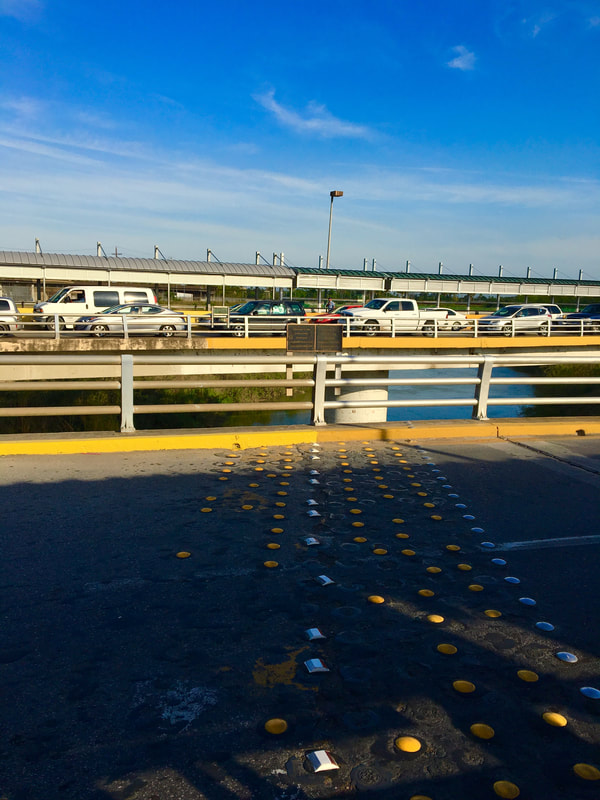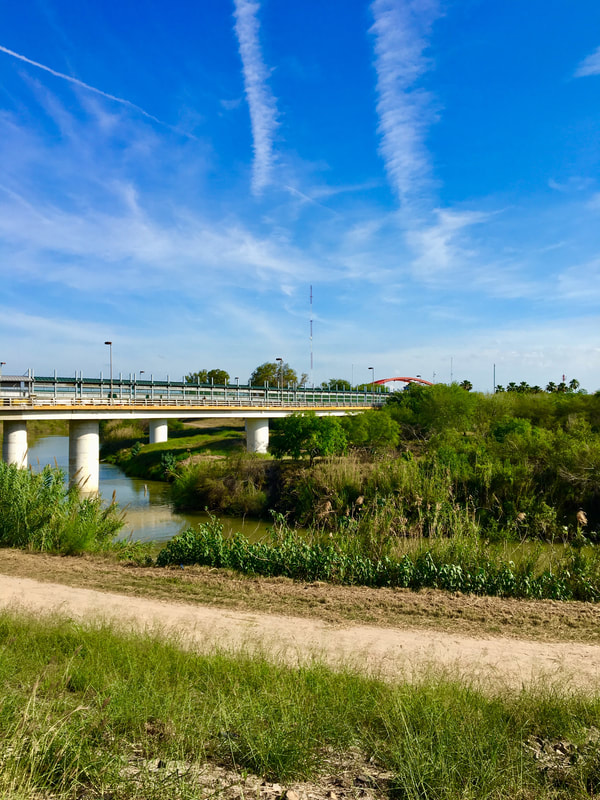|
A small bird rests on a tree along a quiet stretch of the Río Grande in South Texas/Tamaulipas. The border river has a great emotional presence in both the U.S. and Mexican imagination, often leading to the belief that the entire river is a dangerous haven of crime. Although the Río Grande has its human-caused dangers, its cultural and natural history is much, much deeper than what is often presented in the news. Currently much of this quiet riverine forest is in danger of being destroyed by the U.S.’s border wall project. In a coming Nomadic Border photo essay, we will explore some of this rich history at the peaceful riverside Santa Ana National Wildlife Refuge in Texas.
1 Comment
Situated just 25 miles (40km) from the mouth of the Rio Grande (Rio Bravo del Norte) on the Gulf of Mexico, the binational cities of Matamoros and Brownsville anchor the extreme east of the Mexico-U.S. international border. Brownsville – on the southernmost tip of Texas – and Matamoros – itself near the extreme northeast point of Mexico in the state of Tamaulipas – form a classic example of a cross-border sister city community, although in recent years the rise of narco violence on the Mexican side and the U.S. government’s desires to build more border walls in this area have gotten more attention than the rich bicultural histories of these cities. Today we will better appreciate some of this historical heritage by exploring a common, but extremely significant symbol in the Mexico-Texas border region: the symbol of the international bridge. In crossing the Gateway International Bridge (or Puente Nuevo/New Bridge) between Matamoros and Brownsville we will dust off the cob webs of another chapter in the cross-border history of Mexico and the United States.
|
Carlos Parra
U.S.-Mexican, Latino, and Border Historian Archives
January 2021
Categories
All
|



 RSS Feed
RSS Feed